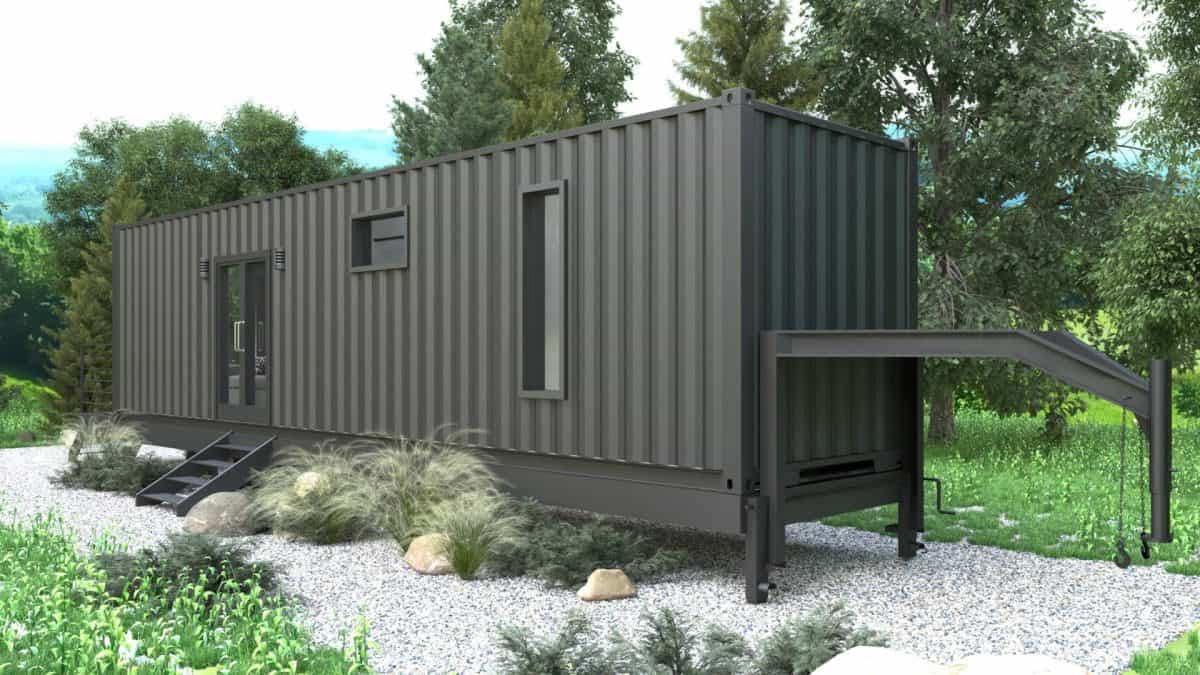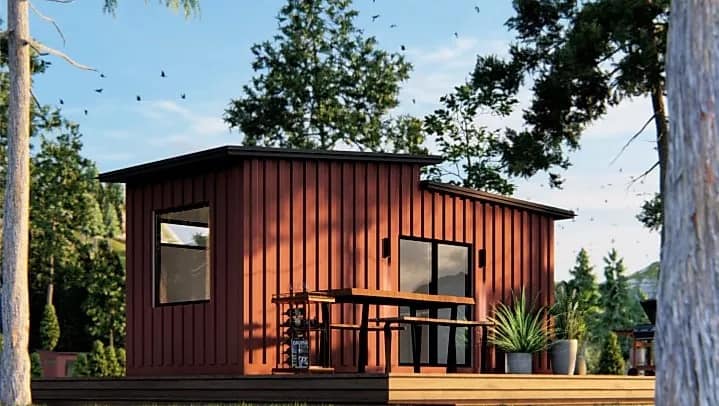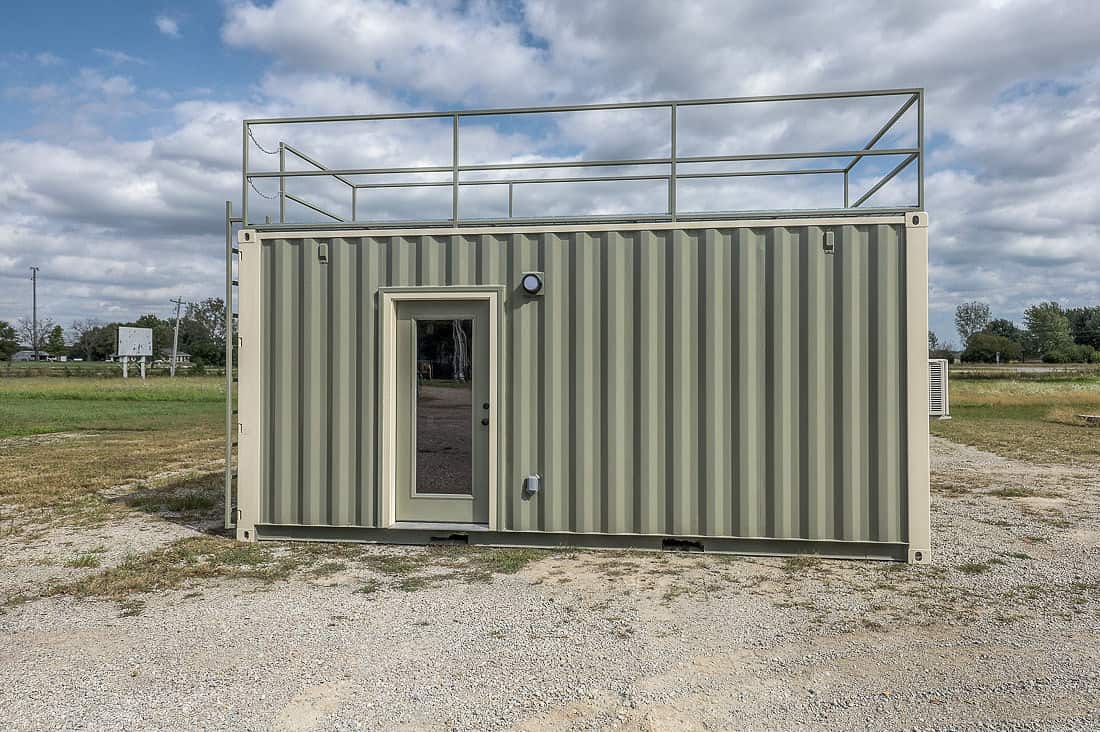The housing industry is undergoing a major shift. People are witnessing a shift from simple brick and cement homes to prefabricated structures. There are different variants of prefab building segments, like modular homes and mobile houses, and the latest variant is container homes. You can get a simple or a luxurious one based on your requirement. Container homes are modular home structures catching much attention in the market. You can now connect with established tiny house container builders via TinyHouseMe. Connecting with a trusted builder will ensure you get high-quality homes within a budget. Rather than searching the web for hours for container homes, TinyHouseMe can help you save time by connecting you with 100s of builders under one platform. However, you need to learn more about these structures before making an informed decision about the purchase.
Do container homes rust, and how long do they last?
Rust might be a common problem with ordinary container homes because the structure is made from steel. However, many tiny house containers are made using Cor-ten sturdy and corrosion-resistant steel. While Cor-ten steel can slow down corrosion, it will not stop the structure completely from rusting. The container homes rust faster in places with excess humidity, high rainfall, and salt-laden air. However, container homes survive longest in dry climates and places with alternative dry and wet weather.
When you design a container home with a builder, it’s essential to minimize rusting. Reducing the exposure to weather elements can make the container houses last longer, and the total lifespan of these structures depends on the environment where its located. Additionally, a container home built from used containers lasts 15 years, while a brand-new one lasts 25 years without major maintenance.
You can enhance the longevity of container houses by using external cladding materials and keeping up with maintenance by removing rust as soon as possible to extend the structure’s life.
How much does a container house cost?
The cost of container homes can vary dramatically. Container home made from recycled containers costs less than brand new ones. You also need to ensure how many containers you require and whether additional building supplies is required, as all these add up to the cost. As per Home Guide, container homes can cost anywhere between $25,000 to $250,000. A single-container model costs less than a multi-container house.
Where to purchase a tiny house container?
Buying a tiny house container might look easy, but it’s most challenging. You must contact a trusted local builder or connect with reputable sellers willing to send the structure to your location. Here are the three most established and trusted tiny house container builders who can help you get a custom-made house.
Based in Las Vegas, NV, Alternative Living Spaces is a leader in the container home industry. Their container homes are unique and have a ‘one of a kind’ appearance making them a visual delight. The homes are durable, and the setup process is simple. The home utilities are self-contained and can be easily connected on-site. They also offer container offices, and the DIY container build can help you save time and money. The builder can also help you in financing the project. To get a quick revert, connect via TinyHouseMe. We will book your appointment with them at the earliest.

Based in Studio City, CA, Kubed Living is a full-service modular company. They specialize in building modular structures and container homes. They design tiny structures with perfection and redefine functionality through thoughtful design, creative solutions, and original ideas that are in synchrony with the real world. The builders will help you design and customize the tiny house container from site analysis to development to budget estimation. The structures are engineered to provide safety, efficiency, and cost management. The builders also help get a permit for the container homes, and once they get you the permit – the manufacturing process begins. To connect with the builder and get priority service, sign up at TinyHouseMe now.

Based in Missouri, Custom Container Living manufactures unique container homes that fit your needs and lifestyle. Their customized home building, combined with high construction standards, provides unique container houses with certified floor plans. This means the builder follows strict codes and ensures you easily get financing and municipality approvals. In addition, the builders offer financing options to make the purchase easier for you. To connect faster and book an appointment with the builder, join TinyHouseMe now! We place you at the front of the line for the builder, so you don’t have to wait in the queue.

Final Thoughts
Container homes are becoming increasingly popular as they are inexpensive compared to traditional housing. By joining TinyHouseMe, you can connect with 100s of container home builders and get multiple quotations for your project. We also help in financing and planning container homes. Sign up now!





